30 results in The Collected Writings of John Maynard Keynes

The Collected Writings of John Maynard Keynes
-
- Published by:
- Royal Economic Society
- Published online:
- 05 November 2012
- Print publication:
- 01 April 1978
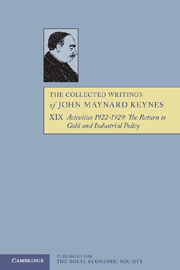
The Collected Writings of John Maynard Keynes
-
- Published by:
- Royal Economic Society
- Published online:
- 05 November 2012
- Print publication:
- 01 April 1978
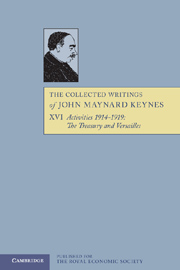
The Collected Writings of John Maynard Keynes
-
- Published by:
- Royal Economic Society
- Published online:
- 05 November 2012
- Print publication:
- 01 April 1978

The Collected Writings of John Maynard Keynes
-
- Published by:
- Royal Economic Society
- Published online:
- 05 November 2012
- Print publication:
- 01 April 1978
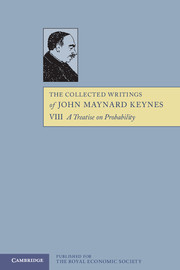
The Collected Writings of John Maynard Keynes
-
- Published by:
- Royal Economic Society
- Published online:
- 05 November 2012
- Print publication:
- 01 April 1978
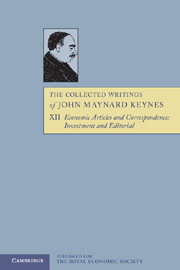
The Collected Writings of John Maynard Keynes
-
- Published by:
- Royal Economic Society
- Published online:
- 05 November 2012
- Print publication:
- 01 April 1978
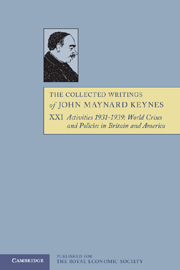
The Collected Writings of John Maynard Keynes
-
- Published by:
- Royal Economic Society
- Published online:
- 05 November 2012
- Print publication:
- 01 April 1978

The Collected Writings of John Maynard Keynes
-
- Published by:
- Royal Economic Society
- Published online:
- 05 November 2012
- Print publication:
- 01 April 1978
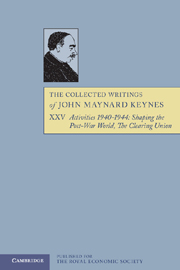
The Collected Writings of John Maynard Keynes
-
- Published by:
- Royal Economic Society
- Published online:
- 05 November 2012
- Print publication:
- 01 April 1978

The Collected Writings of John Maynard Keynes
-
- Published by:
- Royal Economic Society
- Published online:
- 05 November 2012
- Print publication:
- 01 April 1978

The Collected Writings of John Maynard Keynes
-
- Published by:
- Royal Economic Society
- Published online:
- 05 November 2012
- Print publication:
- 01 April 1978

The Collected Writings of John Maynard Keynes
-
- Published by:
- Royal Economic Society
- Published online:
- 05 November 2012
- Print publication:
- 01 April 1978

The Collected Writings of John Maynard Keynes
-
- Published by:
- Royal Economic Society
- Published online:
- 05 November 2012
- Print publication:
- 01 April 1978

The Collected Writings of John Maynard Keynes
-
- Published by:
- Royal Economic Society
- Published online:
- 05 November 2012
- Print publication:
- 01 April 1978

The Collected Writings of John Maynard Keynes
-
- Published by:
- Royal Economic Society
- Published online:
- 05 November 2012
- Print publication:
- 01 April 1978

The Collected Writings of John Maynard Keynes
-
- Published by:
- Royal Economic Society
- Published online:
- 05 November 2012
- Print publication:
- 01 April 1978
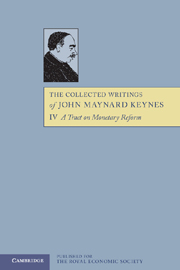
The Collected Writings of John Maynard Keynes
-
- Published by:
- Royal Economic Society
- Published online:
- 05 November 2012
- Print publication:
- 01 April 1978

The Collected Writings of John Maynard Keynes
-
- Published by:
- Royal Economic Society
- Published online:
- 05 November 2012
- Print publication:
- 01 April 1978
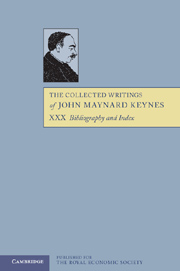
The Collected Writings of John Maynard Keynes
-
- Published by:
- Royal Economic Society
- Published online:
- 05 November 2012
- Print publication:
- 01 April 1978

The Collected Writings of John Maynard Keynes
-
- Published by:
- Royal Economic Society
- Published online:
- 05 November 2012
- Print publication:
- 01 April 1978

